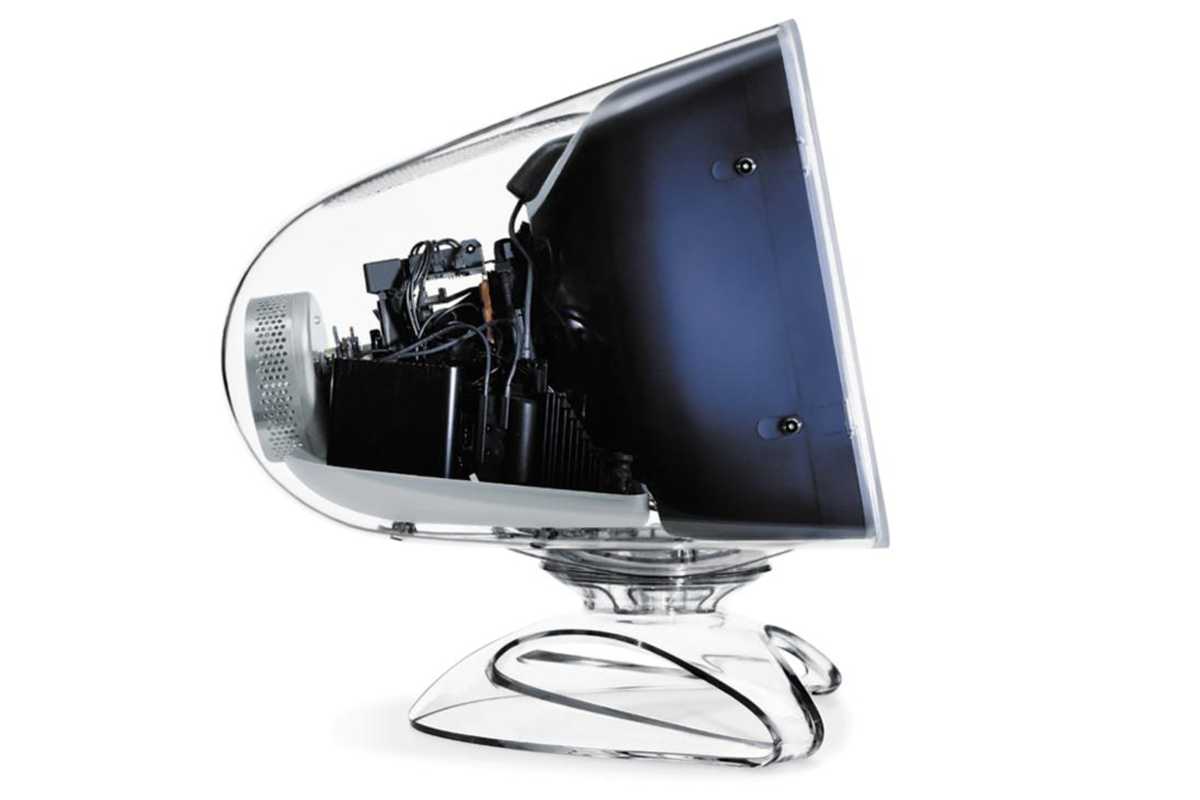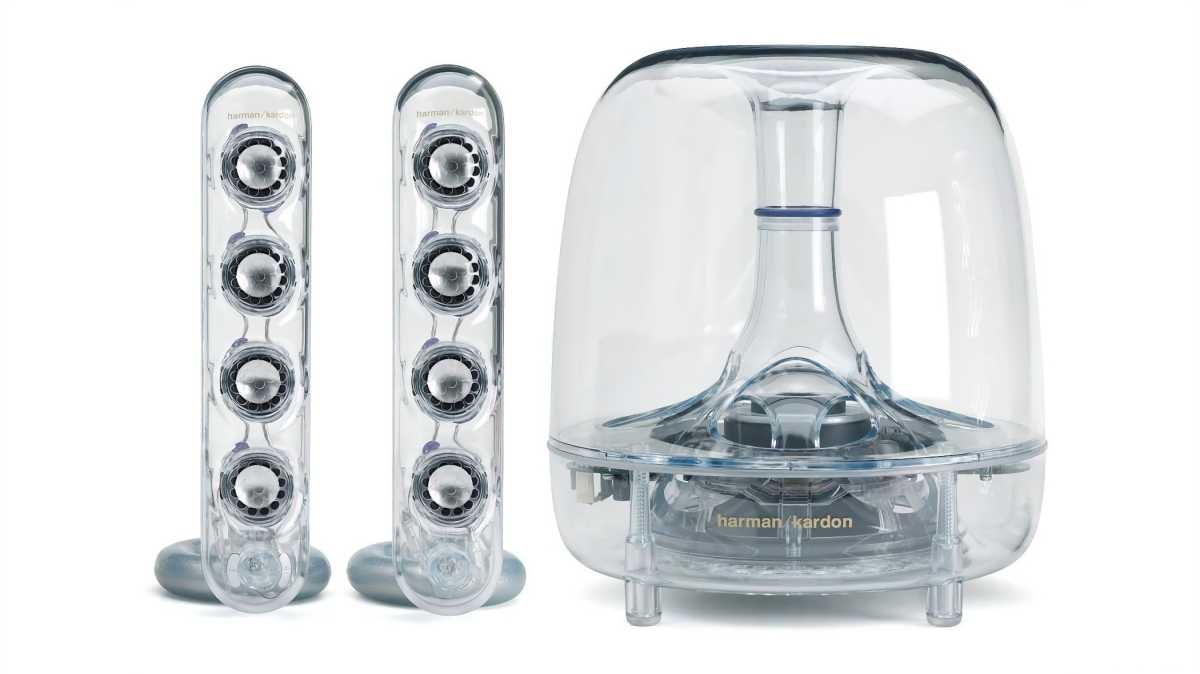
Apple’s new Beats Studio Buds + are now available and there’s one obvious reason why you might get them instead of a pair of AirPods Pro: They’re available in an incredibly cool Transparent color, which is a see-through plastic on both the earbuds and the case.
Transparency isn’t a new idea for Apple. For longtime users, the new Buds+ brings back memories of past Apple products encased in transparent and translucent plastic. In fact, Apple popularized the trend many years ago, but like all trends, it eventually faded way. Now, with the Nothing Phone and now the new Beats Studio Buds+, transparent designs are having a moment and we’d love to see some of our favorite Apple products get the see-through treatment too.
While we dream, here’s a look back at a few Apple products that paved the way for the new Transparent Beats Studio Buds +:
iMac (1998)

The iMac made transparent and translucent products popular.
Apple
The original iMac just celebrated its 25th anniversary, and while it set off an industry trend, it wasn’t Apple’s first foray into transparency. But it was the most successful. The original blue-and-white shell didn’t provide a crystal clear look into the inner workings of the machine, but it provided just enough of a technological visual element to balance out the playfulness of the design. Over the years, Apple expanded the color palette and patterns of the case—some were transparent, some weren’t—but we’ll always have a soft spot for the original Bondi Blue iMac.
eMate 300
Before the iMac, Apple used translucent parts on products like the Power Macintosh 8600 and 9600, but the eMate 300 was the first Apple device that went all-in with a colorful translucent design. Part of Apple’s Newton platform sold through education channels, the dark blue-green plastic miniature laptop had a tiny keyboard, a tinier screen, and ran Newton OS. It never really caught on, but we’d buy one in a second if Apple released it today.
iBook
Two years after the eMate 300 and one year after the iMac, Apple released the iBook. The iBook was Apple’s consumer-level laptop available in Blueberry. Graphite, or Tangerine, and its rugged construction actually made it bigger than the pro-level PowerBook G3 that Apple also offered. The iBook also had a carrying handle, which added to the cuteness factor. But what made it wildly popular was its iMac-inspired case complete with un-PC-like curves and just the right amount of transparency. We love today’s MacBooks, but there’s nothing like the iBook.
Power Macintosh G3 All-in-One
The Power Macintosh G3 All-in-One actually predates the iMac by two months and it was clearly a sign of things to come. The top and rear of this Mac used translucent clear plastic, while the rest of the case was beige. Weighing 60 pounds, this Mac was often referred to as the Molar Mac because of its resemblance to a tooth. You have to see this thing in person to truly get a sense of how form and function really didn’t mix—but the transparent plastic, funky curves, and compact all-in-one design was the first glimpse of the future.
Studio Display (1998, 1999, 2000)
When Apple released the Studio Display last year, the company actually revived an old brand name. The very first Studio Display was released in 1998, and it featured–you guessed it–a translucent gray enclosure and a blue stand. It was Apple’s first flat-screen LCD, but since LCDs were expensive (especially if you wanted to go bigger than 15 inches), CRT monitors were still popular. So Apple released a 17- and 21-inch Studio Display with a CRT and a white and translucent Blueberry case to match the Power Macintosh G3. But we have a soft spot for the last CRT Apple made—the 17-inch Apple Studio Display CRT (ADC) that had a crystal clear enclosure so you could see everything inside it.

Apple
Harman Kardon Soundsticks
The Soundsticks were made by Harman Kardon, but they were co-developed with Apple and designed by Jony Ive and made for the Macs of the early 2000s. The Soundsticks were a complement to iSub, a 20-watt subwoofer specifically designed to work with Apple’s slot-loading iMacs and the Power Mac G4. The vertical design and translucent enclosure is striking even today—and you can still buy a set with or without wires.

Harman Kardon Soundsticks
Harman Kardon






